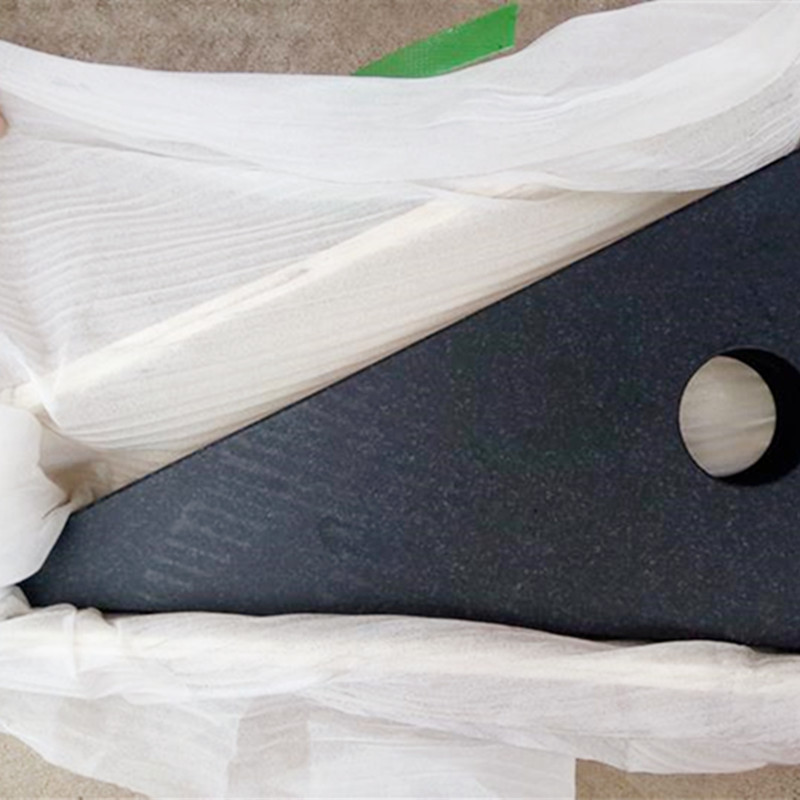Nov . 27, 2024 13:16 Back to list
Choosing the Right Butterfly Valve Fitting for Optimal Performance and Efficiency
Understanding Butterfly Valve Fittings A Comprehensive Guide
Butterfly valves are a type of flow control device used in pipelines, crucial for managing the flow of fluids efficiently. They are designed with a simple yet effective mechanism that operates a disc or a plate, which pivots around a spindle, allowing or restricting the passage of fluid. The fittings associated with butterfly valves are critical components that ensure their proper functioning in various applications, ranging from water treatment plants to industrial manufacturing.
What are Butterfly Valves?
Butterfly valves are characterized by their unique structure, which features a round body and a rotating disc that is positioned at the center of the valve. The disc is mounted on a shaft and rotates a quarter turn to either open or close the valve. When the valve is open, the disc is parallel to the flow of the fluid, minimizing resistance, while a closed valve has the disc perpendicular to the flow. This design results in a compact, lightweight valve that can handle large volumes of fluid with minimal pressure drop, making it an ideal choice for many industries.
Types of Butterfly Valve Fittings
Butterfly valve fittings are available in various configurations tailored to specific applications. The main types include
1. Wafer-Style Fitting This type of fitting is sandwiched between two flanges of a pipeline, making it suitable for installations where space and weight are considerations. Wafer-style fittings provide a secure connection, ensuring a tight seal and preventing leakage.
2. Lug-Style Fitting Similar to wafer fittings, lug fittings are designed with threaded holes that allow for bolting to the pipeline. This feature is particularly advantageous for piping systems that require frequent valve maintenance, as the valve can be removed without having to remove the entire pipeline.
3. Flanged Fitting These fittings have flanges that are welded or bolted directly to the pipeline. Flanged fittings are typically used in high-pressure applications, providing robust connections that can withstand significant stress.
4. Double-Flanged Fitting Used in large-diameter pipelines and high-pressure applications, double-flanged fittings have flanges on both sides, offering additional support and stability.
butterfly valve fitting

Advantages of Butterfly Valves and Their Fittings
Butterfly valves, paired with the right fittings, offer numerous advantages, including
- Space Efficiency The compact design of butterfly valves and their fittings saves valuable space in installations, making them ideal for areas where space is limited.
- Cost-Effective Due to their design and material usage, butterfly valves tend to be more economical compared to other valve types, such as gate or globe valves, especially in large-scale applications.
- Low Maintenance With fewer moving parts, butterfly valves require less maintenance, and the fittings are typically designed for durability, reducing the need for frequent replacements.
- Versatility Butterfly valves can handle a variety of fluids, including liquids, gases, and even slurries, making them suitable for diverse applications across industries such as chemicals, water treatment, HVAC, and food processing.
Installation and Maintenance Considerations
Installation of butterfly valve fittings should always adhere to manufacturer guidelines. Proper alignment and secure fastening are crucial to prevent leaks and ensure longevity. Regular inspection and maintenance are also vital; operators should check for signs of wear, such as corrosion or erosion on the sealing surfaces and the valve body. Additionally, operational testing can help verify that the valve operates smoothly and effectively.
Conclusion
Butterfly valve fittings play a significant role in fluid control systems across various industries. Their simple design, combined with versatile fittings, makes them a preferred choice for many applications. Understanding the types of butterfly valve fittings and their advantages can help operators select the right components for their specific needs, ultimately leading to efficient and reliable operation. As industries continue to evolve, the demand for effective flow control strategies will only increase, making butterfly valves and their fittings essential components in modern piping systems.
-
Why Metric Trapezoidal Thread is Ideal for Precision Motion ControlNewsAug.05,2025
-
The Unique Properties of a Block of Granite for Industrial UseNewsAug.05,2025
-
The Role of Flanged Y Strainers in Preventing Pipeline ClogsNewsAug.05,2025
-
The Importance of Regular Calibration for Master Ring GagesNewsAug.05,2025
-
How a Cast Iron Surface Table Enhances Accuracy in ManufacturingNewsAug.05,2025
-
Comparing Different Check Valve Types for Optimal Flow ControlNewsAug.05,2025
Related PRODUCTS









